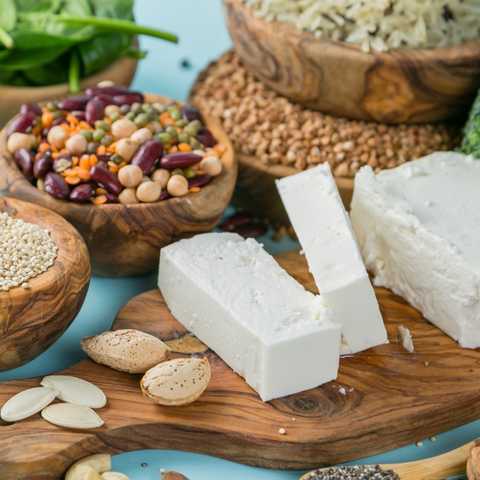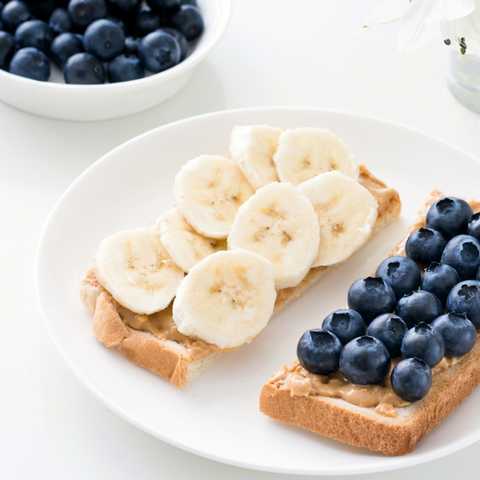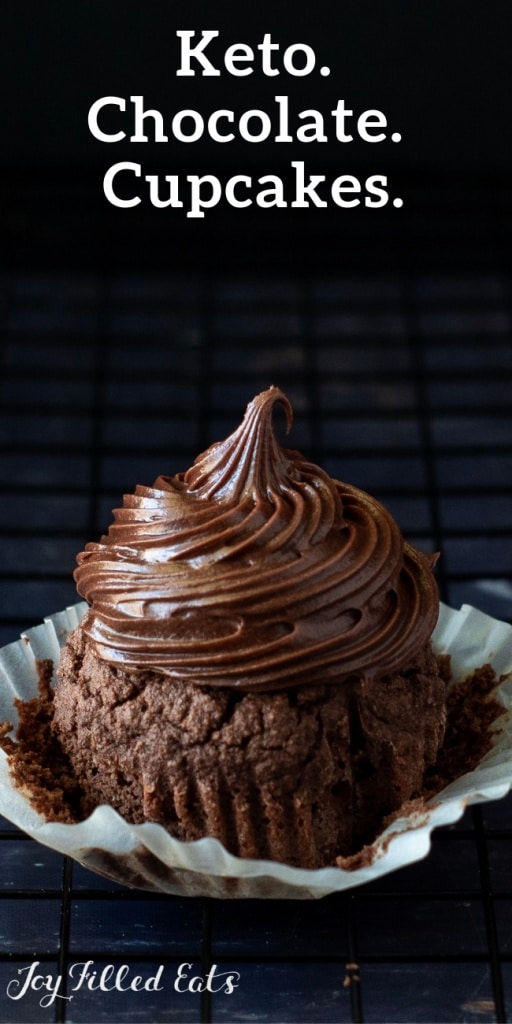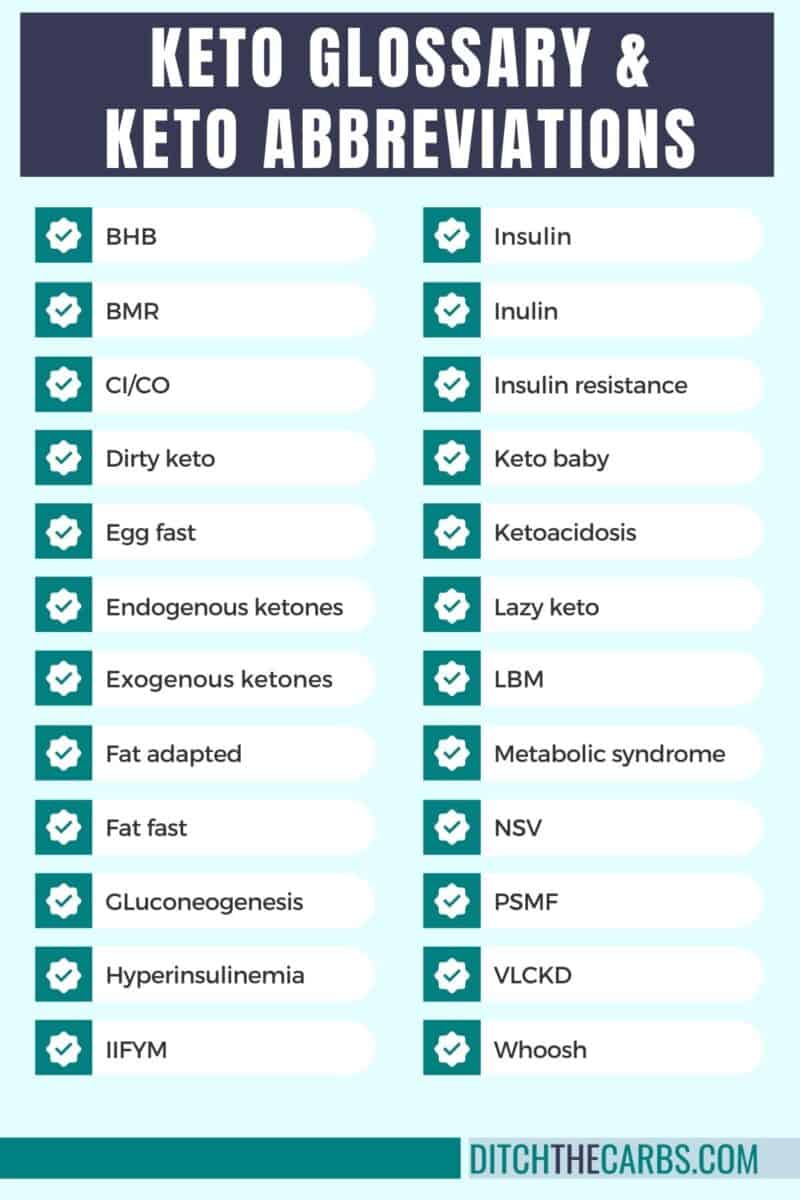As we age, our NAD+ levels decline. As a result, there has been a lot of research into compounds that boost the body’s NAD+ production. Two stand-out molecules have emerged from this research – nicotinamide riboside (NR) and nicotinamide mononucleotide (NMN).
In this article, we put these two NAD+ boosters head-to-head. We’ll delve into the latest research, explain the differences between these two supplements, and tell you which one will give you the best bang for your buck when it comes to increasing your NAD+ levels.
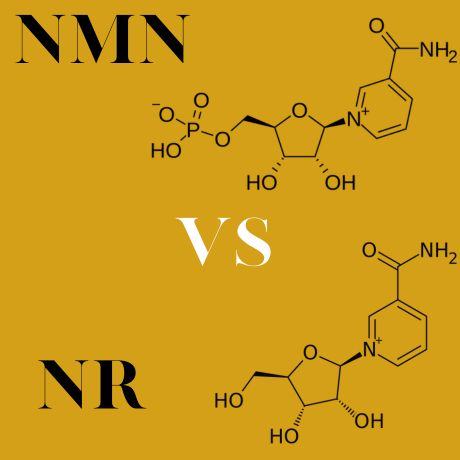
** This post may contain affiliate ads where we make a small commission on purchases made at no cost to you. We only recommend products we think you will find valuable.**
What is NMN?
Nicotinamide mononucleotide, or NMN, is a naturally occurring molecule in the body that participates in the synthesis of the coenzyme nicotinamide adenine dinucleotide (NAD+). The creation of energy within cells and the metabolism of cells both depend on the essential coenzyme NAD+. Our levels of NAD+ normally fall with aging, which has been associated with several aging-related disorders and diseases. There is a lot of interest in NMN’s potential as a supplement for enhancing health and longevity because it has been demonstrated that taking NMN supplements increases NAD+ levels in the body.
NMN is available as a dietary supplement in several forms, including capsules, tablets, powders, and sublingual tablets. Some health drinks and anti-aging supplements also include it, along with other ingredients. When shopping for an NMN supplement, it’s important to find a reputable brand that has undergone independent testing to guarantee purity and potency. Based on our extensive research, the brand we recommend is Wonderfeel Youngr.
For a more in-depth look, you can check out our article on NMN.
What is NR?
NR, or nicotinamide riboside, is a form of vitamin B3. Similar to NMN, NR plays a role in the body’s manufacture of the coenzyme NAD+, and it has been demonstrated that taking NR supplements raises NAD+ levels. NR is available as a dietary supplement in a number of formats, such as capsules, tablets, and powders.
NMN Vs NR: What’s the difference?
NMN (nicotinamide mononucleotide) and NR (nicotinamide riboside) are two types of supplements that are believed to boost NAD+ (nicotinamide adenine dinucleotide) levels in the body.
NMN and NR differ in their chemical makeup. NMN is a nucleotide composed of ribose sugar, a phosphate group, and a nicotinamide base. In contrast, NR is a riboside composed of ribose sugar and a nicotinamide base. Despite the different chemical makeup of these two molecules, they can both be converted into NAD+ when they are metabolized in the human body.
The key difference between them is how the body converts them into NAD+. NMN is metabolized in a two-step process, while NR goes through three steps. As a result, NMN is considered to be a more direct precursor to NAD+ than NR.
Research also suggests that NMN does a better job at boosting NAD+ levels than NR.
Which is better: NMN or NR?
As of this writing, there have been no studies directly comparing the NAD+-boosting effects of NMN and NR. However, there has been a considerable body of research into the ability of each compound to do so. Most of the research into NMN has been done on rodents, while there are more human trials on NR. The consensus of that research suggests that NMN is a more effective NAD+ booster than NR.
It is important to note that human research on both of these supplements is still in its infancy. Human trials with NR began in 2016, while the first NMN study using human subjects only occurred in 2019, but both show they can possibly improve human health.
It is thought that the conversion routes used in the metabolism of each molecule account for the variation in the effectiveness of NMN and NR. A two-step procedure is used to convert NMN to NAD+, whereas a three-step approach is used to convert NR to NAD+.
A phosphate group is added to NMN to create NADP+, which is the initial step in the conversion of NMN to NAD+. The nicotinamide mononucleotide adenylyltransferase enzyme is the catalyst for this process (NMNAT). Then the enzyme NADP+ phosphatase converts NADP+ to NAD+.
NR converts to NMN with the assistance of the enzyme NR kinase. The identical mechanism outlined above is then used to convert NMN to NAD+. The extra step involved means that NR will not convert to NAD+ as effectively as NMN. In effect, NR has to be changed into NMN before it can convert to NAD+. As a result, when you take an NMN supplement, you are one step ahead.
According to a 2004 study by Brenner and Bieganowski, the process of converting NR to NMN may be a rate-limiting step in the synthesis of NAD+. The study investigated the metabolic pathways of NR and NMN in both fungi and mammals. They found that the NR kinase enzyme converts NR to NMN. They also discovered that the process might be slower than the conversion of NMN to NAD+. The study concluded that the conversion of NR to NMN may be a rate-limiting step in the synthesis of NAD+.¹
Taken as a collective, the studies on the effectiveness of NMN supplementation show better results than those on NR.
A rodent study by Mills et al. looked at the effects of long-term NMN administration on the physiological decline in elderly mice. The mice had NMN added to their drinking water for 12 months. Over that time, they were compared to a control group in terms of physiological functioning. It was found that the mice with the NMN added to their water had significantly improved mitochondrial function, energy metabolism, and insulin sensitivity compared to the control group. The mice who were given NMN were also seen to have better skeletal function, bone density, and vision, along with more efficient glucose metabolism and improved immune function.²
It is uncertain whether NMN or NR has better absorbency. Some scientists believe that because NMN molecules are larger, they need to be broken down into NR before they can cross cell membranes. Then, once inside the cell, they would have to convert back into NMN. If this is what happens, then NR would have better efficiency than NMN.
When it comes to these supplements, you might have heard the term “bioavailability” being used. Bioavailability is a word used to describe the amount of a substance that actually enters the bloodstream after it is ingested. There have to date been no human clinical trials on the bioavailability of NMN. However, a rodent study shows that peak NMN levels in blood plasma occurred after 10 minutes of NMN supplementation. Peak NAD+ levels were achieved after 30 minutes.³
A recent human trial on the bioavailability of NR saw significant increases in NR levels and resultant NAD+ levels in the bloodstream. The study used three dosages: 100, 300, and 1000 mg. The NAD+ increases were approximately 22%, 51%, and 142%, respectively.⁴
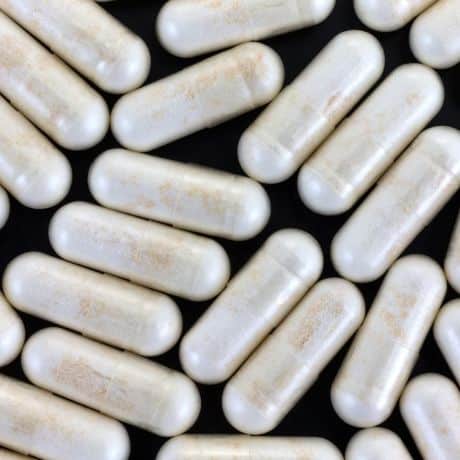
Similarities between NMN and NR:
-
Both NMN and NR are precursors of NAD+, which is essential for various cellular processes and metabolic functions.
-
Both NMN and NR are naturally occurring molecules found in the body.
-
Both NMN and NR are available as dietary supplements.
Differences between NMN and NR:
-
Chemical structure: NMN is a larger molecule than NR and has an additional phosphate group, which may affect its absorption and conversion to NAD+.
-
Absorption: NMN is thought to be less stable and more difficult to absorb than NR, which may impact its effectiveness as a supplement.
-
Metabolism: In the body, NR is first converted to NMN and then to NAD+, but some studies contend that the conversion of NR to NMN may be a rate-limiting step in the synthesis of NAD+.
-
Research: NMN has been the focus of more recent research on anti-aging and longevity, while NR has been studied more extensively for its effects on metabolism and energy production.
-
Effectiveness: Some studies suggest that NMN may be more effective than NR at increasing NAD+ levels and providing various health benefits, such as improving cognitive function and insulin sensitivity.
Premium NMN Supplement
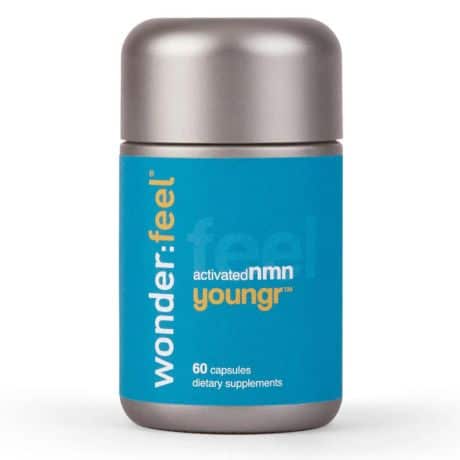 Wonderfeel Youngr
Wonderfeel Youngr
Youngr™ NMN is a patented solution to aging. Formulated with emergent antioxidants and sirtuin activation, it uses a multi-targeted approach to defend and slow down biological aging at the cellular level…
CHECK PRICE
Benefits of NMN vs NR
Some research suggests that NMN offers benefits in terms of aging, heart health, energy enhancement, and offsetting insulin resistance that you do not get when you take an NR supplement.
1. Heart Health
A 2017 study clinical trial published in the Journal of Molecular and Cellular Cardiology looked at the effects of nicotinamide mononucleotide (NMN) supplementation on heart function. The genetic disorder known as Friedreich’s ataxia, which affects the neurological system and the heart, is characterized by mitochondrial malfunction and reduced energy synthesis. The researchers discovered that giving mice with Friedreich’s ataxia cardiomyopathy NMN supplementation improved their bioenergetics and heart function. NMN supplementation decreased oxidative stress and heart fibrosis while increasing mitochondrial function and ATP generation. The scientists also discovered that for NMN to have a positive impact on heart performance, SIRT3, a protein involved in mitochondrial function and energy metabolism, was necessary.⁵
Another study, which was published in PLoS One in 2018, examined the effects of nicotinamide riboside (NR) supplementation on cardiac function. Heart failure may result from mitochondrial heart disease, which is a disorder marked by decreased mitochondrial function.
The scientists discovered that NR supplementation did not affect mice with mitochondrial heart dysfunction in terms of improving cardiac function. Although NR elevated NAD+ levels in the heart tissue, it did not affect oxidative stress or mitochondrial function, which are crucial for the onset and progression of mitochondrial heart disease.
This study reveals that in some circumstances, NR supplementation may not be beneficial for enhancing heart function.⁶
From these two studies and others like them, researchers believe that NMN is the more effective supplement in terms of heart health.
2. Aging Benefits
According to studies, NMN and NR can both increase NAD+ levels in the body and have anti-aging effects. However, some research suggests that NMN may be more potent than NR at boosting NAD+ levels in specific tissues, like the liver, and may offer more anti-aging advantages.
A study that appeared in the journal Cell Reports discovered that mice with NMN supplementation had better muscular function and lived longer than mice given NR.⁷
In another study, the effects of NMN supplementation on aging mice with diabetes were examined. The findings demonstrated that adding NMN to the mice’s diet enhanced their glucose tolerance, insulin sensitivity, and energy metabolism, suggesting possible anti-aging advantages. The researchers concluded that NMN supplementation could be feasible for treating age-related metabolic problems.⁸
3. Increased Energy
A study looked at the impact of NMN supplementation on mice’s energy metabolism. Sirtuin 1 and AMP-activated protein kinase (AMPK), two essential enzymes in the production of cellular energy, were shown to be more active when NMN was supplemented. NMN supplementation also improved mitochondrial function and increased gene expression in energy metabolism.⁹
According to another study, adding NR to a diet raised NAD+ levels, which in turn triggered UPRmt and enhanced mitochondrial activity, reducing the risk of fatty liver disease. According to the study, NR supplementation may be a promising therapeutic strategy for treating fatty liver disease in people.¹⁰
4. Cognitive Benefits
A study that was published in the journal Redox Biology in 2019 suggests that NMN supplementation improves cognitive performance and cerebrovascular health in elderly mice. The researchers discovered that by restoring cerebromicrovascular endothelial function and neurovascular coupling responses, NMN supplementation enhanced cognitive function in elderly mice. The mice given NMN exhibited enhanced memory and learning capacities as well as increased cerebral blood flow. The study also discovered that NMN supplementation decreased inflammation and oxidative stress in the brain.
The researchers concluded that using NMN supplements may improve cognitive performance in humans.¹¹
A 2019 study in the International Journal of Molecular Science supplemented diabetic mice with NR and found a reduction in neuroinflammation, which could lead to a return to normal cognitive function and possibly help reduce the chance of hyperglycemic-related dementia.¹²
5. Muscle & Strength Improvement
As we age, our muscles get smaller and weaker. Researchers have been investigating whether the age-related decline in NAD+ levels is a contributing factor to this age-related loss of muscle size and function. A year-long study was undertaken to see whether increasing NAD+ levels through NMN supplementation would have an effect on muscle strength levels in mice. The dosage administered was 300 mg per kg of body weight. It was seen that NMN conversion to NAD+ happened very quickly, with the fastest uptake of NAD being in the skeletal muscles. The researchers concluded that skeletal muscle is one of the most sensitive target tissues for the anti-aging effects of NMN. However, more research with human subjects is needed to confirm the effects of NMN supplementation in terms of mitigating age-related muscle and strength loss.¹³
6. Insulin Resistance
People who are insulin resistant are less tolerant to insulin, which is the hormone that controls blood glucose levels. Their bodies produce extra insulin to compensate, which elevates blood insulin levels. This can lead to type 2 diabetes.
Research suggests that NMN supplementation may help improve insulin resistance. One study looked at the effect of NMN supplementation on glucose tolerance and insulin sensitivity in mice. The researchers gave NMN to 22-month-old mice for four months. They observed that both glucose tolerance and insulin sensitivity improved significantly. An additional benefit that the researchers noticed was that fat accumulation around the liver was reduced, and mitochondrial function improved. The researchers concluded suggested that NMN could be an effective intervention for age-related glucose intolerance, insulin resistance, and non-alcoholic fatty liver disease, but further research is needed.¹⁴
A rodent study looked at the effects of NR supplementation on glucose and insulin sensitivity in obese and insulin-resistant mice. The researchers discovered that while NR supplementation raised the mice’s NAD+ levels, it had no positive impact on their ability to tolerate glucose or to respond to insulin. They concluded that NR supplementation might not be effective in treating insulin resistance in obese individuals.¹⁵
For a full look at all the benefits of NMN, check out our full article.
Recommended Dosages
There are no standard recommended dosages for NMN or NR supplements. The first human clinical studies for NMN occurred in 2019, using a dosage of 500 mg per day, and this was well tolerated by the study participants. The dosages of supplement products range from between 100 and 1000 mg per day. A prominent advocate of NMN supplementation, Harvard scientist David Sinclair, takes 1000 mg of NMN each day.¹⁶
There is also no standard recommendation for NR supplementation. In one study, NR administration of 1000 mg per day for eight weeks given to overweight men showed no adverse effects at all.¹⁷
Most manufacturers recommend that you take between 250-1000 mg per day.
NR is safe at room temperature for up to 6 hours. Harvard professor and afore-mentioned authority on NAD+ boosting supplementation, David Sinclair, advises: “Make sure your NR and NMN are kept in the cold. If it’s just on the shelf and it’s not in a stabilized form, then it will degrade to nicotinamide, which is something you don’t want to take high doses of because we’ve shown in my lab many years ago that nicotinamide will inhibit the sirtuins, and PARP as well, and interfere with DNA repair.”
Side effects
Both NMN and NR supplements are considered safe, with no major side effects being experienced. However, most of the research into these supplements has been on animals, so more human trials are needed to verify this. Some minor side effects have been experienced with both supplements. These include:
-
Nausea
-
Stomach upset
-
Bloating
-
Gas
-
Diarrhea
In a study with diabetic mice, NMN supplementation contributed to low blood sugar levels (hypoglycemia).

Why are NMN and NR important?
NMN and NR are precursors to the molecule nicotinamide adenine dinucleotide (NAD+), which is essential for cellular metabolism and energy generation. Declining levels of NAD+ have been associated with several aging-related disorders and diseases. NAD+ is also involved in a wide range of biological activities, including DNA repair, gene expression, and cell signaling.
Our NAD+ levels naturally decrease as we age, which has generated interest in NMN and NR as potential supplements for enhancing health and longevity. Supplementing with NMN and NR has been found in studies to raise NAD+ levels in the body, which may have several health advantages, including improved mitochondrial function, accelerated DNA repair, and increased resilience to disease.
What is NAD?
The coenzyme NAD, or nicotinamide adenine dinucleotide, is found in all living cells and is crucial for cellular metabolism and energy production. Gene expression, DNA repair, and cell signaling are just a few of the biological processes that depend on it.
NAD exists in two forms: NAD+ and NADH. An oxidized form of NAD, NAD+, takes on electrons, whereas NADH, a reduced form, donates electrons during metabolic processes. To maintain optimal cellular function, the ratio of NAD+ to NADH must stay balanced, and declining NAD+ levels have been linked to several premature aging-related illnesses and diseases. Since the body can produce NAD+ from precursors such as NMN and NR, these molecules are being studied as potential supplements for encouraging healthy aging and lowering the incidence of age-related diseases. We’ve done a deep dive into the differences between NMN and NAD if you want to know more about their relationship.
Premium NMN Supplement
 Wonderfeel Youngr
Wonderfeel Youngr
Youngr™ NMN is a patented solution to aging. Formulated with emergent antioxidants and sirtuin activation, it uses a multi-targeted approach to defend and slow down biological aging at the cellular level…
CHECK PRICE
Why NAD is important:
NAD is important because it is essential for cellular energy and metabolism. Many biological functions, including DNA repair, gene expression, and cell signaling, depend on it. A large number of enzymes involved in metabolic processes require NAD as a cofactor, which enables cells to convert nutrients into ATP, the chemical that powers cells (adenosine triphosphate).
NAD contributes to several critical cellular activities in addition to energy production. For instance, sirtuins, a class of proteins involved in controlling gene expression, cellular stress responses, and lifespan, use NAD as a substrate. NAD also controls immunological response, circadian rhythms, and mitochondrial health.
Here are three key studies that highlight the importance of NAD to health and well-being, especially as we grow older:
-
“NAD+ metabolism and the control of energy homeostasis: a balancing act between mitochondria and the nucleus” by Cantó and Auwerx (2011): This study discusses the key role of NAD+ in cellular energy metabolism and the potential implications of NAD+ dysregulation in aging and age-related diseases.¹⁸
-
“NAD+ repletion improves mitochondrial and stem cell function and enhances lifespan in mice” by Zhang et al. (2016): This study demonstrated that restoring NAD+ levels in aged mice improved mitochondrial function, stem cell function, and overall healthspan.¹⁹
-
“NAD+ and sirtuins in aging and disease” by Imai et al. (2013): The significance of NAD+ and its function in controlling sirtuin activity—which is implicated in a number of biological processes connected to aging and disease—are covered in this review article. The potential for NAD+ precursors like NMN and NR to encourage healthy aging and fend off diseases associated with old age is also covered in this article.²⁰
Are there other ways to boost NAD levels?
Yes, there are several additional ways to increase the body’s levels of NAD, including:
-
Caloric restriction: It has been demonstrated that decreasing calorie intake by fasting or a calorie-restricted diet raises NAD levels in a variety of organisms.
One study that supports the claim that caloric restriction can boost NAD levels is “Caloric Restriction Enhances SIRT1 Activation and Improves Insulin Sensitivity in Hepatic and Adipose Tissue of Sprague-Dawley Rats” by Chen et al. This study showed that caloric restriction increased NAD levels in the liver and adipose tissue of rats, which was associated with increased activation of the NAD-dependent deacetylase SIRT1. The authors concluded that the NAD-SIRT1 pathway might play a key role in the metabolic benefits of caloric restriction.²¹
-
Exercise: Regular exercise can raise the levels of NAD in tissues like skeletal muscle. According to a 2007 study by Rullman et al., a single bout of exercise activates matrix metalloproteinase in human skeletal muscle. The study sought to identify the impact of a single bout of exercise on NAD levels in human skeletal muscle. Ten healthy men participated in the study and engaged in one session of intense exercise on a cycle ergometer. With muscle samples collected both before and after the workout, the researchers examined the levels of NAD and other metabolites.
The findings demonstrated that a single session of exercise markedly raised NAD levels in human skeletal muscle. The researchers hypothesized that matrix metalloproteinases (MMPs), enzymes involved in tissue remodeling and repair, may have been activated as a result of the rise in NAD levels. MMPs can damage the extracellular matrix.²²
-
Sun exposure: Sunlight’s ultraviolet rays may encourage the skin’s natural production of NAD. However, there are, to date, no studies directly confirming this.
-
Foods high in vitamin B3: Niacin, often known as vitamin B3, is used by the body to create NAD as a precursor or building block. More specifically, nicotinamide and nicotinic acid, the two primary forms of vitamin B3, can be transformed into nicotinamide mononucleotide (NMN) and nicotinamide riboside (NR), two important NAD precursors. The body can then utilize these precursors to manufacture NAD once they have been created. To create NAD+, a succession of enzymatic processes that add phosphate groups to the precursors are required. As a result, vitamin B3 is crucial for the body’s ability to synthesize NAD since it supplies the raw materials for the process.
Beef, chicken, turkey, peanuts, and mushrooms are some foods high in vitamin B3.

Should you take NMN or NR supplements?
When it comes to deciding whether you should buy NMN or NR supplements, you should weigh up the evidence based on research. Having done just that, our recommendation is to go with NMN supplements.
As we’ve seen, NMN is more successful than NR at raising NAD+ levels in cells. NMN is a more effective substrate for the enzymes that turn it into NAD+ than NR.
NMN has been demonstrated to have better bioavailability than NR, which means that it is more readily absorbed by the body despite being a larger molecule. According to studies, NMN may be superior to NR at delaying or slowing down aging and treating several age-related diseases.
Studies have also indicated that NMN outperforms NR in terms of protecting against neurodegenerative disorders and enhancing cognitive performance.
For a look at NMN, NR, and NAD options, you can check out our article on the best NAD boosters.
Our extensive research shows that the best NMN supplement on the market right now is Wonderfeel Youngr. This supplement combines 450 mg of NMN with such other proven ingredients as resveratrol, ergothioneine, and vitamin D3. If you want to see some other options, check out our rundown of the best NMN supplements available.
If you’re still interested in what a NR supplement can do for you, you can check out our full review of Tru Niagen.
NMN and NR FAQs
Is NMN just vitamin B3?
No, NMN is not just vitamin B3. NMN is generated from vitamin B3, but it is not the same thing. NMN is a precursor to vitamin B3, also referred to as niacin or nicotinamide. An important coenzyme involved in numerous cellular functions, NAD+ is produced when NMN, a molecule, is transformed into it. Although vitamin B3 can be turned into NMN, consuming NMN supplements offers a more effective and direct strategy to raise NAD+ levels.
Is it ok to take NMN every day?
Yes, it is ok to take an NMN supplement every day. Animal and human studies have used daily doses of NMN without any adverse effects. However, the long terms effects of taking NMN are unknown.
Do NR and NMN help with weight loss?
There is limited research showing the potential advantages of NR and NMN for weight loss. However, some studies suggest that these supplements may indirectly promote weight loss by enhancing metabolic function and boosting energy levels. A healthy weight may also be supported by these supplements because they are frequently used to enhance general health and lengthen life. This is because they lower the risk of chronic diseases linked to fat gain. A balanced diet and regular exercise remain the best methods for losing weight, so it’s vital to remember that supplements shouldn’t be used in place of these activities.²³
Does NR increase energy?
Taking an NR supplement can improve metabolic function and increase energy levels. One study found that taking an NR supplement may increase the enzymes that are involved in cellular energy production while also improving mitochondrial function.²⁴

Summary
Increasing the body’s NAD+ levels has been shown to produce some pretty amazing longevity-enhancing benefits. Taking NMN and NR supplements will both increase NAD+ levels, but NMN will do so more effectively. We recommend taking NMN over an NR supplement. The best NMN supplement, according to our extensive research, is Wonderfeel Youngr, which combines 450 mg of NMN with a range of other proven health-enhancing compounds.
- Bieganowski, Pawel, and Charles Brenner. “Discoveries of Nicotinamide Riboside as a Nutrient and Conserved NRK Genes Establish a Preiss-Handler Independent Route to NAD+ in Fungi and Humans.” Cell, vol. 117, no. 4, May 2004, pp. 495–502
- Mills, Kathryn F., et al. “Long-Term Administration of Nicotinamide Mononucleotide Mitigates Age-Associated Physiological Decline in Mice.” Cell Metabolism, vol. 24, no. 6, Dec. 2016, pp. 795–806
- Yoshino, Jun, et al. “Nicotinamide Mononucleotide, a Key NAD+ Intermediate, Treats the Pathophysiology of Diet- and Age-Induced Diabetes in Mice.” Cell Metabolism, vol. 14, no. 4, Oct. 2011, pp. 528–536
- Conze, Dietrich, et al. “Safety and Metabolism of Long-Term Administration of NIAGEN (Nicotinamide Riboside Chloride) in a Randomized, Double-Blind, Placebo-Controlled Clinical Trial of Healthy Overweight Adults.” Scientific Reports, vol. 9, no. 1, 5 July 2019
- Martin, Angelical S., et al. “Nicotinamide Mononucleotide Requires SIRT3 to Improve Cardiac Function and Bioenergetics in a Friedreich’s Ataxia Cardiomyopathy Model.” JCI Insight, vol. 2, no. 14
- Khan, Nahid A., et al. “Effective Treatment of Mitochondrial Myopathy by Nicotinamide Riboside, a Vitamin B3.” EMBO Molecular Medicine, vol. 6, no. 6, 1 June 2014, pp. 721–731
- Mills, Kathryn F., et al. “Long-Term Administration of Nicotinamide Mononucleotide Mitigates Age-Associated Physiological Decline in Mice.” Cell Metabolism, vol. 24, no. 6, Dec. 2016, pp. 795–806
- Yoshino, Jun, et al. “Nicotinamide Mononucleotide, a Key NAD+ Intermediate, Treats the Pathophysiology of Diet- and Age-Induced Diabetes in Mice.” Cell Metabolism, vol. 14, no. 4, Oct. 2011, pp. 528–536
- Cantó, Carles, et al. “The NAD+ Precursor Nicotinamide Riboside Enhances Oxidative Metabolism and Protects against High-Fat Diet-Induced Obesity.” Cell Metabolism, vol. 15, no. 6, June 2012, pp. 838–847
- Gariani, Karim, et al. “Eliciting the Mitochondrial Unfolded Protein Response by Nicotinamide Adenine Dinucleotide Repletion Reverses Fatty Liver Disease in Mice.” Hepatology (Baltimore, Md.), vol. 63, no. 4, 1 Apr. 2016, pp. 1190–1204
- “Nicotinamide Mononucleotide (NMN) Supplementation Rescues Cerebromicrovascular Endothelial Function and Neurovascular Coupling Responses and Improves Cognitive Function in Aged Mice.” Redox Biology, vol. 24, 1 June 2019, p. 101192
- Lee, Hee Jae, and Soo Jin Yang. “Supplementation with Nicotinamide Riboside Reduces Brain Inflammation and Improves Cognitive Function in Diabetic Mice.” International Journal of Molecular Sciences, vol. 20, no. 17, 27 Aug. 2019, p. 4196
- Zhang, H., et al. “NAD+ Repletion Improves Mitochondrial and Stem Cell Function and Enhances Life Span in Mice.” Science, vol. 352, no. 6292, 28 Apr. 2016, pp. 1436–1443
- Mills, Kathryn F., et al. “Long-Term Administration of Nicotinamide Mononucleotide Mitigates Age-Associated Physiological Decline in Mice.” Cell Metabolism, vol. 24, no. 6, Dec. 2016, pp. 795–806
- Elhassan, Yasir S., et al. “Nicotinamide Riboside Augments the Aged Human Skeletal Muscle NAD+ Metabolome and Induces Transcriptomic and Anti-Inflammatory Signatures.” Cell Reports, vol. 28, no. 7, 13 Aug. 2019, pp. 1717-1728.e6
- Irie, Junichiro, et al. “Effect of Oral Administration of Nicotinamide Mononucleotide on Clinical Parameters and Nicotinamide Metabolite Levels in Healthy Japanese Men.” Endocrine Journal, vol. 67, no. 2, 2020, pp. 153–160
- Conze, Dietrich, et al. “Safety and Metabolism of Long-Term Administration of NIAGEN (Nicotinamide Riboside Chloride) in a Randomized, Double-Blind, Placebo-Controlled Clinical Trial of Healthy Overweight Adults.” Scientific Reports, vol. 9, no. 1, 5 July 2019
- “NAD+ Metabolism and the Control of Energy Homeostasis: A Balancing Act between Mitochondria and the Nucleus – Authorea.”
- Zhang, H., et al. “NAD+ Repletion Improves Mitochondrial and Stem Cell Function and Enhances Life Span in Mice.” Science, vol. 352, no. 6292, 28 Apr. 2016, pp. 1436–1443
- Imai, Shin-ichiro, and Leonard Guarente. “It Takes Two to Tango: NAD+ and Sirtuins in Aging/Longevity Control.” Npj Aging and Mechanisms of Disease, vol. 2, no. 1, 18 Aug. 2016
- Chen, Yong-Ru, et al. “Calorie Restriction on Insulin Resistance and Expression of SIRT1 and SIRT4 in Rats.” Biochemistry and Cell Biology = Biochimie et Biologie Cellulaire, vol. 88, no. 4, 1 Aug. 2010, pp. 715–722
- Rullman, E., et al. “A Single Bout of Exercise Activates Matrix Metalloproteinase in Human Skeletal Muscle.” Journal of Applied Physiology, vol. 102, no. 6, June 2007, pp. 2346–2351
- Liao, Bagen, et al. “Nicotinamide Mononucleotide Supplementation Enhances Aerobic Capacity in Amateur Runners: A Randomized, Double-Blind Study.” Journal of the International Society of Sports Nutrition, vol. 18, no. 1, 8 July 2021
- Dollerup, Ole L, et al. “A Randomized Placebo-Controlled Clinical Trial of Nicotinamide Riboside in Obese Men: Safety, Insulin-Sensitivity, and Lipid-Mobilizing Effects.” The American Journal of Clinical Nutrition, vol. 108, no. 2, 10 July 2018, pp. 343–353





